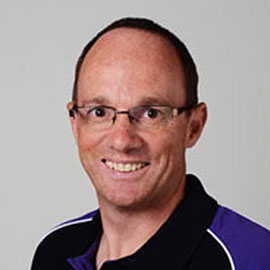A GUIDE TO
Different Massage Types and their Benefits
The practice of using touch as a healing method is rooted in ancient history, with massage therapy forming a significant part of medicine in many different culture. The first written records of massage therapy are found in China and Egypt, with the popular Yellow Emperor’s Classic Book of Internal Medicine , and incredible Egyptian tomb paintings that depicted their medical traditions.
Considering the long history of massage, its existence in Western medicine is still only in its infancy. That said, the growth and research into the healing properties of therapeutic massage has fast gained momentum, and public demand for massage therapy is at an all time high.
Today, massage is seen everywhere from spas, gyms, and workplaces to hospitals, nursing homes, and birthing centres. It’s also used heavily in physical therapy and chiropractic clinics to increase circulation and expedite the healing of injured muscles.
Once considered an ‘alternative’ or ‘complementary’ form of medicine, therapeutic massage is now one of the most recommended and sought after practices when it comes to maintaining good health and wellbeing.
What can massage therapy help to treat?
|
|
||
Massage can also be a regular part of managing illness and chronic conditions, such as:
Different forms of massage
Massage and bodywork therapies are often complex mixtures of holistic healing practices that involve physical, emotional, and spiritual components. As a result, the number of different therapies out there is huge – in fact, there are over 200 different massage techniques and types, all treating different needs and providing various benefits.
REMEMBER
Before you decide on what type of massage is for you, you should ask yourself what it is you’re hoping to achieve from your massage.
Talking to your therapist about what it is you want from your massage will ensure you receive the best benefits possible. Many therapists use more than one form of massage and can customise your massage to suit your age, condition, or any special needs/goals you may have.
But before you turn up to your appointment feeling confused at all the different options available, let’s start by looking at the features of some of the most common forms of massage out there.
Relaxation Massage
Relaxation types of massage actually do go beyond just relaxation. It’s exceptionally beneficial for:
The movements used in these massage styles warm up the muscle tissue, releasing tension, and gradually breaking up muscle knots and adhered tissues.
Proof
In a study published in The New York Times, volunteers who received a 45 minute Swedish massage experienced significant decreases in cortisol levels (the ‘stress hormone’) and an increased white blood cell count. That means less and anxiety and stronger fighting power!
Deep tissue massage
Neuromuscular massage, a kind of deep tissue massage, specifically targets the trigger points that cause knots, pulled muscles, and headaches.
Proof
A study published in the Journal of Alternative and Complementary Medicine found that people saw a significant decrease in blood pressure after just one 45 – 60 minute deep tissue massage.
Remedial Massage
One of the primary goals of remedial massage is to speed venous blood return from the extremities, shortening recovery time by flushing the tissue of lactic and uric acid and other metabolic wastes.
Remedial massage is extremely beneficial and can help:
The therapeutic effects it offers are based on a person’s individual needs rather than general therapy.
Proof
A study published in the Journal of Complementary Therapy in Clinical Practice found that patients suffering from rheumatoid arthritis reported relief following four weekly massages. They also reported stronger grip and a greater range of motion.
Craniosacral Massage
Craniosacral therapy seeks to:
Proof
In a study published in Annals of Behavioral Medicine, craniosacral therapy improved the sleep of participants and decreased migraines significantly.
Reflexology
Therapists use this mapping to manipulate health through the qi, helping to:
Proof
A study by Kunz and Kunz found in 2008 that reflexology can have an impact on specific organs, symptoms of illness, and pain reduction.
Sports massage
Sports massage:
Specially designed sports massage can:
Proof
A study published in the Journal of Sports Medicine and Physical Fitness found that sports massage can affect the cardiovascular system by dilating blood vessels, helping them to work more efficiently to promote circulation. This relieves muscle tension, reduces soreness, makes for a faster recovery, and increases flexibility and range of motion.
Prenatal massage
Proof
Studies have shown that performing massage therapy during pregnancy can help to:
Aromatherapy massage
Aromatherapy massage can also be used to:
Proof
A 2011 study in Hong Kong showed that aromatherapy massage can help to relieve constipation in patients with advanced forms of cancer.
Acupressure
Acupressure is an ancient Chinese healing method that involves applying pressure to certain meridian points on the body to relieve pain and aid health and wellbeing. The human body has 14 meridians that carry energy throughout the body. These start at the fingertips, connect to the brain, and then connect to the organ associated with that particular meridian.
Acupressure uses the fingers to press key points on the surface of the skin to stimulate the body’s natural self-curative abilities. When the pressure points are pressed, the circulation of blood is promoted as well as the body’s life force to aid healing. Acupressure can be a fabulous method of massage for preventing tension from turning into a disease.
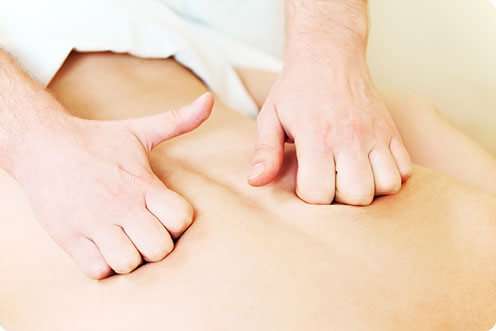
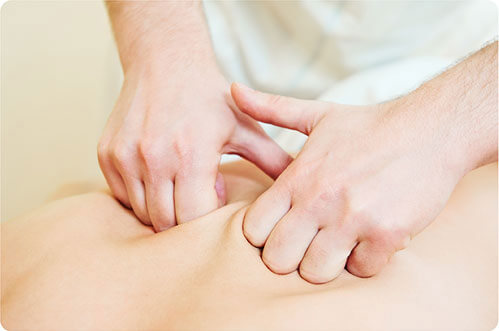
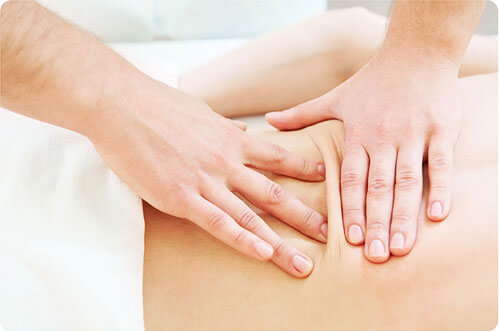
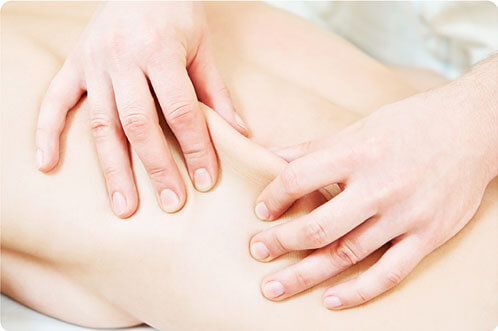
What massage is right for you?
Massage and bodywork therapies are often complex mixtures of holistic healing practices that involve physical, emotional, and spiritual components. As a result, the number of different therapies out there is huge – in fact, there are over 200 different massage techniques and types, all treating different needs and providing various benefits.
Asthma, bronchitis, and emphysema
When it’s an effort to breathe, the muscles you use will be overworked and tired. Careful and precise massage of the chest, shoulders, neck, and back can make it easier to breathe, and remedial massage can help restore a good posture and help open up your airways.
Massage recommendations:
Look for massage techniques that use:
Postural drainage can also be useful for clearing mucus from the respiratory tract.
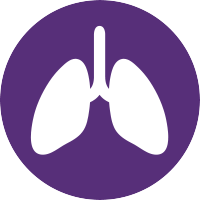
Fibromyalgia
Due to the prolonged pathological hyper tonus in muscles in cases of fibromyalgia, fascia becomes tense and causes compression of muscle fibres, nerve tissue, and blood vessels. Over time this constant tension causes pain, which lowers serotonin levels, mediating basic bodily functions such as smooth muscle contraction.
Massage recommendations:
Look for techniques that focus on areas around:
These areas are often the root of most tension. After ten sessions, it’s recommended you introduce a series of rehabilitative exercises.
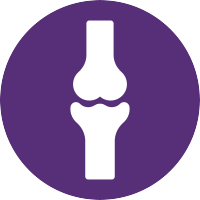
Parkinson’s disease
Because Parkinson’s disease typically causes muscle stiffness and rigidity, bodywork’s ability to alleviate joint and muscle stiffness makes massage a logical choice. A full body Swedish or relaxation massage can enhance functioning in progressive or degenerative central nervous system disorders by physically manipulating the musculoskeletal system.
Massage recommendations:
Look to completing a half hour massage that focuses on both the prone position and the supine position, twice a week.
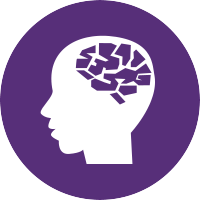
Multiple sclerosis
Massage therapy can help to:
Massage recommendations:
Relaxation or Swedish massage is a good option, as is acupressure. Look for massage techniques that promote intense relaxation. Relaxation allows an individual to enter into a lower anxiety state by increasing parasympathetic signals, which in turn helps to decrease an elevated cortisol release caused by the chronic stress of the disease. This could have a profound effect on MS symptom management and quality of life.
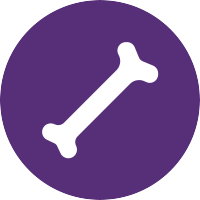
Osteoarthritis
Massage therapy eases the pain that occurs when wear and tear breaks down the cartilage cushions between the joints. It also aids in:
Massage recommendations:
Deep tissue massage isn’t recommended for acute osteoarthritis, or when there is severe swelling, heat, pain, or redness. Relaxation massage and reflexology are both popular choices, however deep tissue massage and trigger point massage can still be used to ease chronic connective tissue pain.
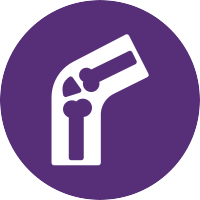
Stroke
Massage is probably the most effective therapy there is for restoring normal nerve function following a stroke. The intent of massage is to stimulate the nerves in such a way that the nervous system can’t ignore the stimulation. ‘Nerve strokes’ causes the nerve system to track and process the tactile sensations, and the brain is forced to develop new circuitry by establishing cellular connections around the damaged areas.
Massage recommendations:
Look for techniques that focus on nerve strokes, and aim to start treatment as soon after stroke as possible.
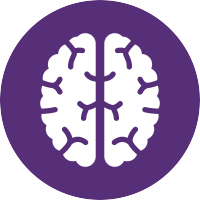
Carpel tunnel syndrome
Carpal tunnel syndrome is caused by a compression of the median nerve at the wrist, and if left untreated can cause severe pain and motor deficits. Massage therapy is a known technique for treating carpal tunnel syndrome as it can help to:
Massage recommendations:
Sports massages are particularly effective, but look for any type of massage that effectively relaxes the muscles and tissues in your hands and wrists.
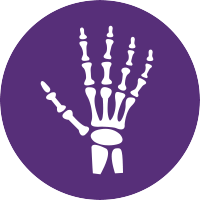
Stress and anxiety
Massage therapy can act to cleanse the body of impurities, break down buildup of toxins in the muscles, and have a calming effect on anxiety. A deep tissue massage reaches deep into the sublayer of musculature and fascia while a relaxation massage will energise the body by stimulating circulation.
Massage recommendations:
Whatever technique you use, look out for five basic strokes to try and relax the mind during your massage:
Whichever technique you choose, look for the five basic strokes – kneading, rolling, vibration, percussive and tapping and try to relax the mind during your massage.
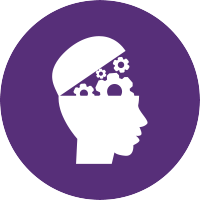
Insomnia
As massage increases relaxation, it’s an obvious choice when treating insomnia. Insomnia is associated with a lack of serotonin, an extremely important neurotransmitter that’s essential to our survival. Serotonin is a precursor to the body’s rendering of melatonin, which resets parts of the brain and prepares you for sleep. Massage directly influences the body’s production of serotonin, therefore improving the likelihood of falling asleep. A full body massage shortly before bed is ideal for insomnia sufferers.
Massage recommendations:
Favourite techniques include acupressure, aromatherapy massage, and Swedish massage.
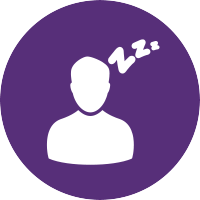
This is just a snapshot of the many benefits that can be achieved through massage therapy. Talk to your massage therapists about any symptoms you’re experiencing and any goals you may have with your massage. Always discuss any pains, medications, and other treatments you may be having.
Looking to be a massage therapist yourself, or want to learn more about this method of healing? Contact Discover Massage Australia today to start your journey to better health through massage.
